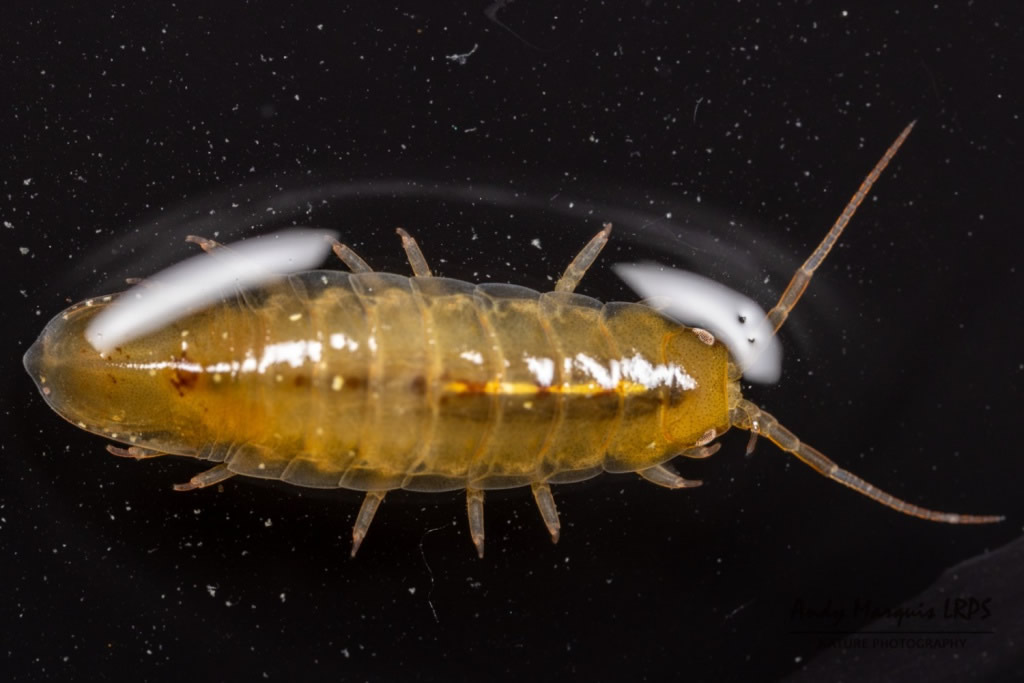Idotea neglecta G. O. Sars, 1897
Status:
Native
ID Difficulty
Identification
Idotea are relatively large, conspicuous and common marine isopods with oval or oblong bodies. Although they often have striking colours and patterns, these are not particularly useful for distinguishing between the various species. Rather, identification should be based on characteristics of the antennae, the coxal plates and the pleotelson.
Males of I. neglecta grow up to 30 mm in length, whilst females reach 16 mm. The body of this species is relatively broad, and the pleotelson is keeled and has slightly convex, convergent sides, rounded shoulders and a single rounded point. The antennules extend to the end of the third segment of the peduncle, whilst the coxal plates are wide and extend from the front to the back of pereonites 2 or 3 to 7. Body colouring and patterning vary, but is often fairly uniformly brown.
Distribution and Habitat
This species is found all around the coasts of Britain and probably Ireland (though it is poorly recorded there). It may be found in washed up seaweed and under stones in the intertidal zone, often with other Idotea species.
References
Naylor, E. & A. Brandt. 2015. Intertidal Marine Isopods. Synopses of the British Fauna (New Series), No. 3. Field Studies Council, for The Linnean Society of London.





